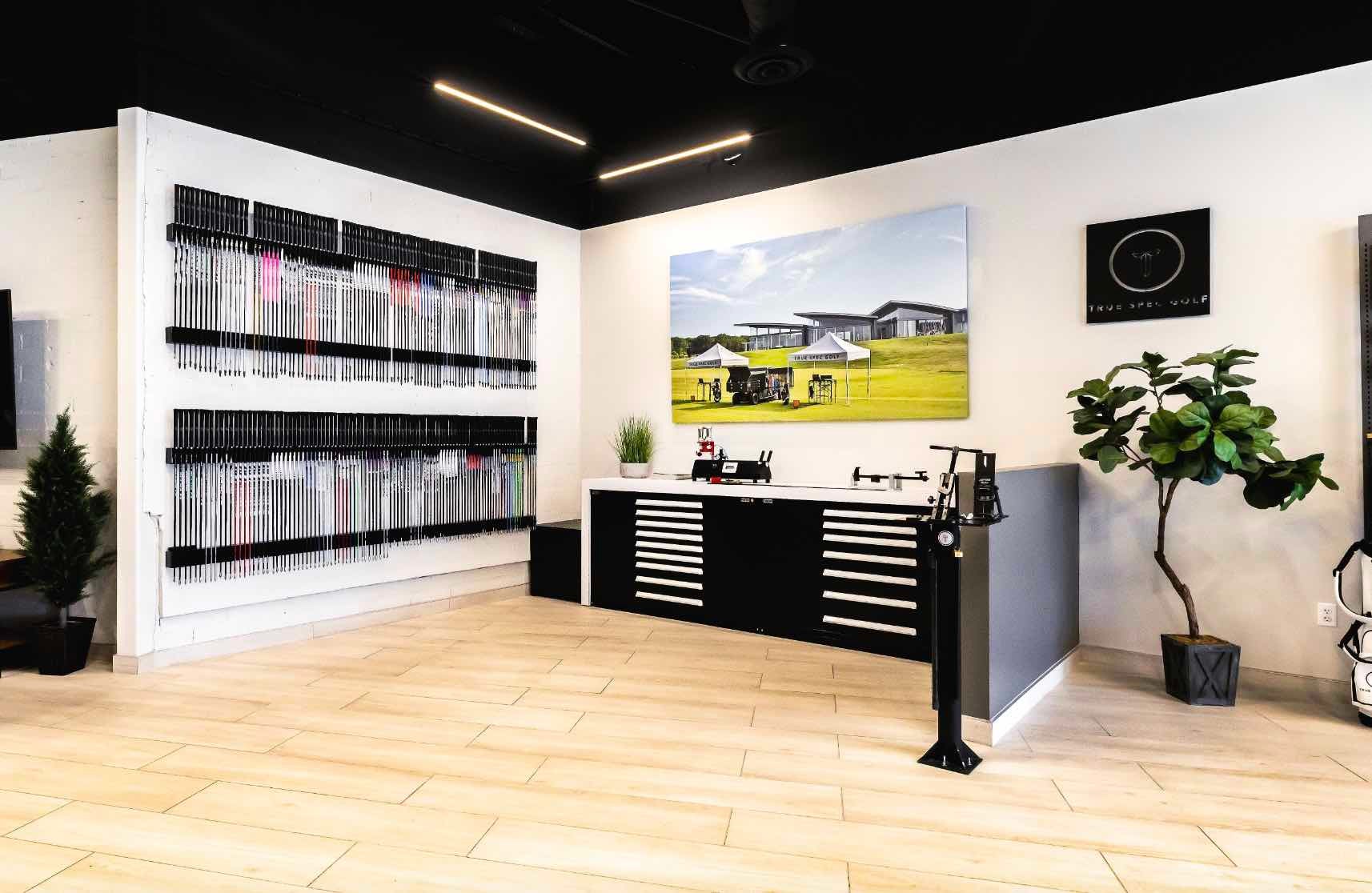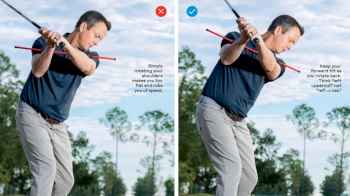Why hybrids and fairway woods are taking over the long game
If you’re someone who watches professional golf (or if you’re just a fellow club junkie), chances are you’ve noticed the recent influx of players ditching their long irons for hybrids and fairway woods.
These days, it’s rare to see even some of the world’s best players with a traditional 3-iron in the bag. In fact, depending on the course, many are also benching their 4- and 5-irons. The old stigma that high-lofted woods and hybrids are only for “seasoned” players couldn’t be further from the truth — the best players in the world are using them more than ever.
Key performance differences between long-irons, hybrids & fairway woods
When you dig deeper into why this trend has taken hold, there are some key performance differences that people like the fitters at True Spec Golf look at. The biggest is CG (center of gravity), which is influenced by weight placement. Even without a background in club design or engineering, you can see the differences just by setting them side by side.
Fairway woods and hybrids generally have a larger footprint, which allows more mass to be placed lower and farther back compared to a long iron. This design helps the ball launch faster, reach a higher apex, and descend more steeply — giving players a better chance to hold greens from longer distances.
In addition to more stopping power, these clubs tend to fly straighter and are more forgiving on mishits, without sacrificing much ball speed. That combination makes them especially useful when approaching greens on par-5s or longer par-3s. It’s also why, depending on the setup, pros often swap in these clubs to gain a performance edge when attacking greens.
Thanks to the engineers behind the curtain, fitters now have even more tools to fine-tune launch and spin based on your swing and ball flight. Not all woods and hybrids are created equal — some are designed for players who create too much spin, while others help those who don’t create enough. CG placement also affects ball flight: a forward CG produces a lower-launching, lower-spinning shot that tends to move slightly right, while a CG set farther back promotes a higher launch, more spin, and neutral flight.
Which data parameters determine if you should make the switch
For stronger players with higher swing speeds, the decision to put these clubs in play can be more strategic. On courses with smaller greens or forced carries, having a club that lands like a 6-iron from 220-plus yards can be a huge advantage.
For most golfers, fitters rely on specific data metrics to understand which clubs best suit your game and create proper distance gapping at the top of the bag.
It happens all the time — a player comes in and says they hit their 6-iron just as far as their 5-iron, and sometimes their 7 as far as their 6. The main culprit is usually improper launch and spin, which leads to a low apex and a shallow descent angle.
True Spec Golf Club Fitting
Ball speed is another key number to watch. Speeds should progress consistently from club to club. If a player is generating similar ball speed with multiple long irons, a hybrid with a hotter face can help separate those distances and fill the gap properly.
The ongoing trend proves there’s real “proof in the pudding.” The best way to find what works for you is to get fit by a certified club fitter at True Spec Golf. Let the data guide you toward more confidence and lower scores — because the game is already hard enough without ego getting in the way.
Want to find the best golf ball for your game in 2025? Find a club-fitting location near you at True Spec Golf.
The post Why hybrids and fairway woods are taking over the long game appeared first on Golf.




